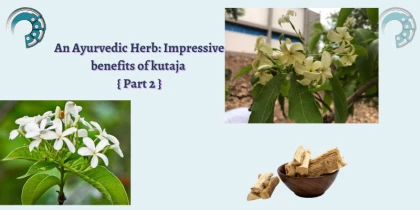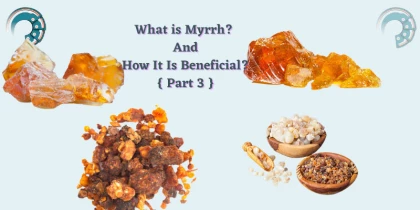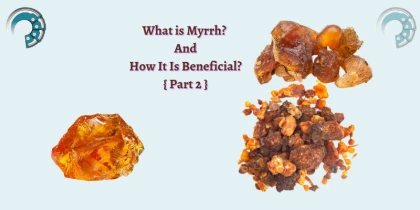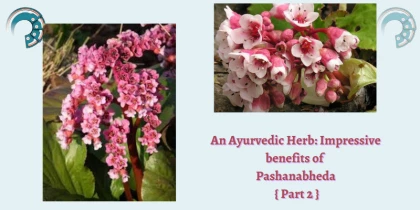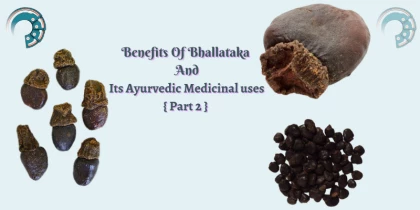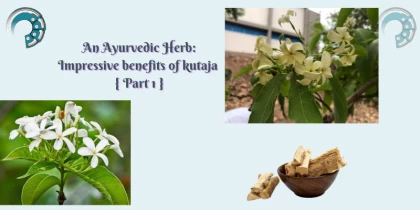
Ayurveda for Dry Skin { PART - 1 }
When it comes to skincare, dry skin rates up there with one of the most dilemmas to deal with. While diet, climate, the weather, skin conditions, sun exposure, and environmental factors play a role, it is natural for the skin to become drier as we age, sometimes giving way to wrinkles and fine lines, which are a gift of time. Once we know the Ayurvedic roots of how our body ages, it is easy to manage the dryness and keep skin looking naturally radiant.
According to Ayurveda, excess Vata plays a direct role in skin dryness. Vata dosha is defined by qualities like dryness, coldness, mobility, roughness, and clarity. Ayurveda talks about the important principle of like increases like—the reason why vata properties tend to get aggravated during the cold months. Excess Vata can show up as thinner blood, dry and rough skin, dry mucus, chapped lips, reduced electrolytes in the body, earaches, insomnia, bloating, gas, confusion, restlessness, anxiety, and inflammation, among other things.
As we said, like increases like, so to tame dryness caused by excess Vata dosha (combination of air and space elements), we need to use remedies that increase or possess the opposite qualities like warmth, unctuousness, softness, or thickness. Managing vata also requires getting used to a routine, especially a sleep routine. Here are quick some Ayurvedic remedies that can come in handy for dealing with stubborn dryness.
Try Abhyanga
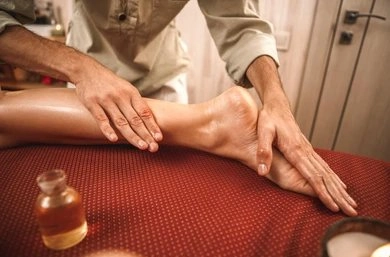 Abhyanga—self-massage with the right kind of Vata-balancing oils—is a popular and effective vata management technique. It lubricates any skin, bones, and body tissues that may be drying up due to excess vata. If Vata is very high, experts recommend an abhyanga session 4–5 times a week using Vata-pacifying oils such as rosewood, sandalwood, jasmine, ylang-ylang, sesame, almond, lemon, or orange.
Abhyanga—self-massage with the right kind of Vata-balancing oils—is a popular and effective vata management technique. It lubricates any skin, bones, and body tissues that may be drying up due to excess vata. If Vata is very high, experts recommend an abhyanga session 4–5 times a week using Vata-pacifying oils such as rosewood, sandalwood, jasmine, ylang-ylang, sesame, almond, lemon, or orange.
Abhyanga provides much-needed warmth and stability to the body and mind and helps regularly rid the body of toxic buildup. It gives your skin a supple quality; reduces bloating and water retention, and promotes longevity and well-being. Tridosha-balancing, abhyanga not only helps nourish dry skin but also lubricates and nourishes your body within and without.
The Right Diet
This is a big one. What you eat invariably shows on your skin. Managing dryness symptoms externally may not be a sustainable way of dealing with the roughness. Be sure your diet does not aggravate Vata.
- The foods should be warm, moist, and grounding.
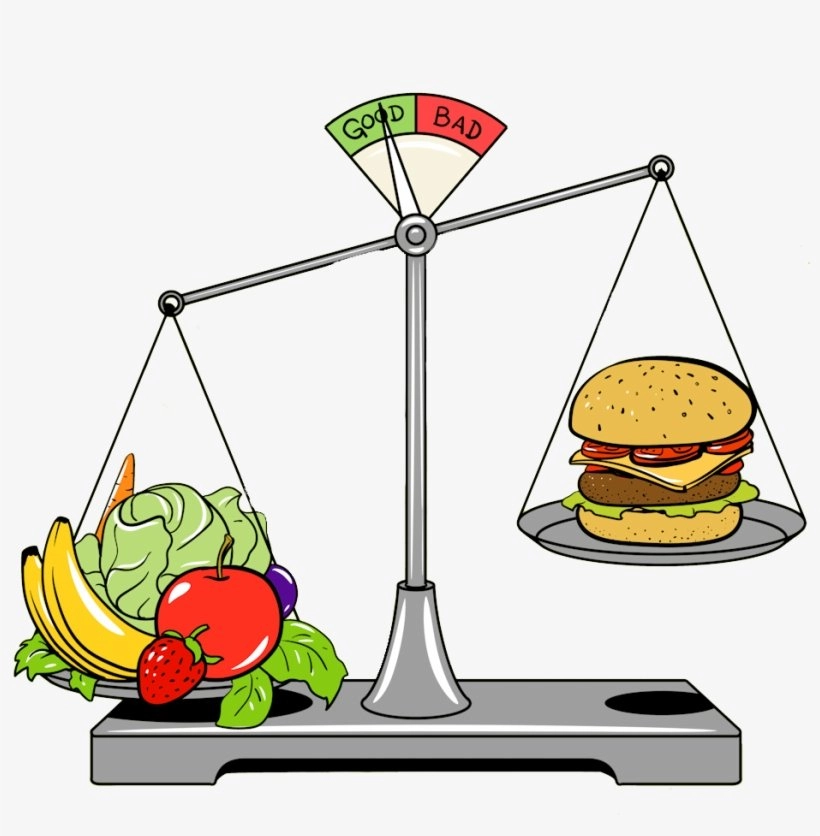
- Healthy fats, butter, ghee, sweet potatoes, yams, turnips, bananas, avocados, and baked apples are all good.
- Avoid raw vegetables when Vata is out of balance. You can have fruit juices like apple juice, berry juices, apricot, apple cider, papaya juice, or peach nectar.
- Avoid frozen foods; cold cereals, crackers, dry oats, Brussels sprouts, cabbage, mushrooms, raw onions, and tomatoes.
- Foods that are salty, sour, or sweet can help bring Vata in balance. Stay away from bitter, pungent, or astringent-tasting foods.
- Soaked nuts like hazelnuts; almonds, pecans, pine nuts, and cashews are a great option. Nuts also have natural oils that provide a nourishing and unctuous quality.
- Cooked vegetables like carrots, leafy greens, pumpkin, okra, and root vegetables can tame the air element.
- Warming spices like turmeric, cumin, black pepper, fresh ginger; cloves, bay leaves, dill, marjoram, and saffron also help manage vata.
- Vata pacifying teas like ginger, fennel, chamomile, fenugreek, and lemongrass are great for your skin and digestion.



